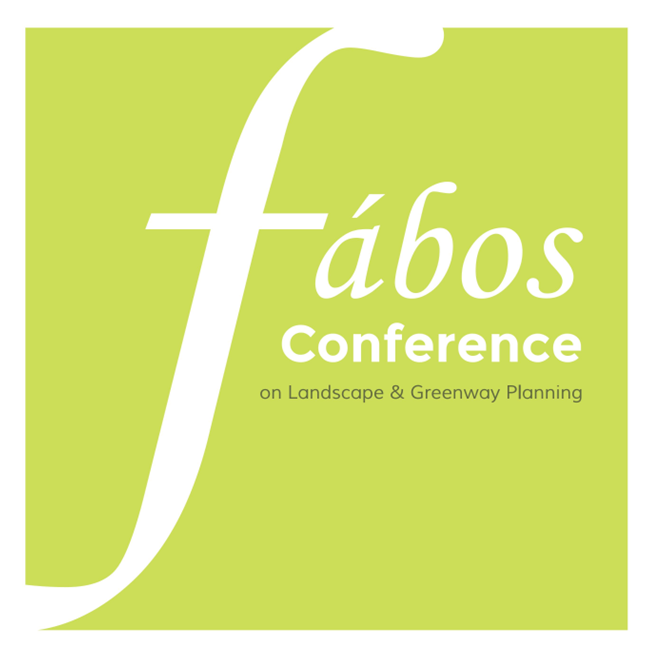Comprehensive identification of ecologically important areas in Zhengzhou, China
- Manshu Liu (Institute of Landscape Architecture, Urban Planning and Garden Art, Hungarian University of Agriculture and Life Sciences, No.29-43 Villányi út, Budapest 1118, Hungary)
- Zhen Shi (nstitute of Landscape Architecture, Urban Planning and Garden Art, Hungarian University of Agriculture and Life Sciences, No.29-43 Villányi út, Budapest 1118, Hungary)
- Guifang Wang (nstitute of Landscape Architecture, Urban Planning and Garden Art, Hungarian University of Agriculture and Life Sciences, No.29-43 Villányi út, Budapest 1118, Hungary)
- Yang Yang (nstitute of Landscape Architecture, Urban Planning and Garden Art, Hungarian University of Agriculture and Life Sciences, No.29-43 Villányi út, Budapest 1118, Hungary)
- László Kollányi (nstitute of Landscape Architecture, Urban Planning and Garden Art, Hungarian University of Agriculture and Life Sciences, No.29-43 Villányi út, Budapest 1118, Hungary)
Abstract
Ecosystem services include the direct and indirect contributions of ecosystems to human well-being and survival, which are important factors that maintain and influence the ecological environment of humans, animals, and plants. Identification of ecological source areas is the first step for mapping high-quality ecological networks, ensuring urban ecological security, and improving the ecosystem service functions. Zhengzhou City is located in the central region of China, and is the core transportation hub of the country. In recent decades, Zhengzhou has accumulated a series of ecological problems in the dramatic urbanization development, such as the destruction of natural resources, environmental pollution, and biological species reduction. Ecological conservation is an urgent need for Zhengzhou. Based on the ecosystem services theory, we selected biodiversity maintenance function, habitat quality, water conservation, and soil conservation as key ecological impact factors to comprehensively evaluate the ecosystem service functions of the study area. By using GIS spatial analysis tool, the InVEST habitat quality model, and spatial connectivity analysis, we can implement the integrated identification of ecological source areas on a large scale. After superimposing the evaluation of ecological factors, the results show that the most important source areas are primarily distributed in the southwest of Zhengzhou. The proportion of ecological sources in Zhengzhou is relatively small, with an area of about 711.16km2, accounting for only 9.3% of Zhengzhou. Most of them have already been protected as forest parks or nature reserve by the government, while some sources like sections of Yellow River which are close to main urban area are facing development pressure. The ecological corridors in the urban area mostly are based on water system like Jinshui river, Xiliu Lake, and Longzi Lake that can connect green open space in the main urban area and natural green space outside.
Keywords: ecosystem services, regional planning, ecological network
How to Cite:
Liu, M., Shi, Z., Wang, G., Yang, Y. & Kollányi, L., (2022) “Comprehensive identification of ecologically important areas in Zhengzhou, China”, Fábos Conference on Landscape and Greenway Planning 7(1). doi: https://doi.org/10.7275/ghd7-ax58
Downloads:
Download PDF
257 Views
53 Downloads
